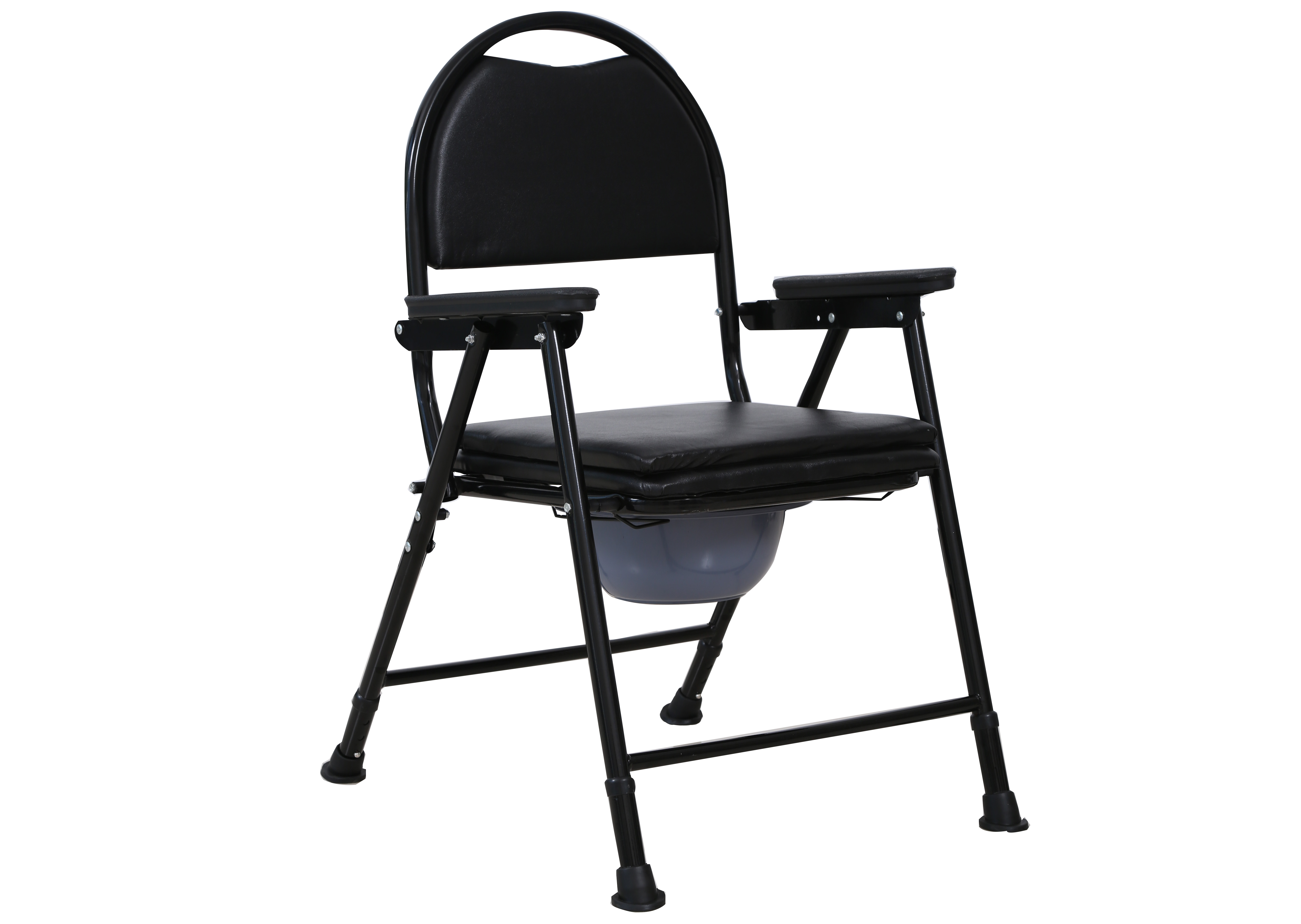Welcome to our websites!
Finding Support Alternatives for Mobility Challenges and Recovery Options
Getting Crutches A Guide to Mobility Assistance
In life, unexpected events can lead us down paths we never anticipated. Whether it’s an accident, a sports injury, or a medical condition, there comes a time for many of us when mobility assistance becomes necessary. Crutches are one of the most commonly used aids to help individuals navigate the world when they are unable to walk independently. If you find yourself in need of crutches, understanding how to get them and use them effectively is crucial.
Firstly, it's essential to recognize that crutches are available through various sources, depending on individual needs and circumstances. For instance, if you experience a sprain or fracture, your primary care physician or orthopedic specialist may prescribe crutches as part of your recovery plan. In many cases, healthcare providers will provide you with a set of crutches during your appointment, or they will direct you to a local pharmacy or medical supply store.
Getting Crutches A Guide to Mobility Assistance
When you visit a pharmacy or medical supply store, you will find various types of crutches available, including underarm crutches and forearm crutches. Underarm crutches, also known as axillary crutches, are the most common type and provide support by placing pressure on the ribs and underarms. Forearm crutches, on the other hand, allow for more freedom of movement with less upper body strain, making them a popular choice for those with long-term mobility issues. Assess your needs and consult with your healthcare provider to determine the most suitable type of crutches for your condition.
get crutches

Once you have acquired crutches, getting accustomed to using them can take time and practice. Proper fitting and adjustment are critical to ensure your safety and comfort. To fit your crutches correctly, stand up straight and fit the crutches under your arms while holding the handles with your hands. The top of the crutch should be about one to two inches below your armpit, and your elbows should be slightly bent when gripping the handles. If you feel discomfort or excessive pressure under your arms, consider adjusting the height or consulting a professional.
When using crutches, mastering the correct walking technique is essential. Begin by moving both crutches forward simultaneously, placing them about one foot in front of you. Shift your weight onto the crutches and bring your unaffected leg forward, placing it between the crutches. Always ensure that you are secure and balanced before attempting to move your legs. With practice, you will develop the confidence needed to navigate both flat surfaces and stairs.
Stairs can be particularly challenging while using crutches. When ascending, lead with your unaffected leg, bringing it up first followed by the crutches. On the way down, place the crutches down first, followed by your injured leg, and finally bring down your unaffected leg. Always be cautious, as navigating stairs can be tricky and may require a handrail for additional support.
In conclusion, obtaining and using crutches is a vital skill for many individuals facing temporary or long-term mobility challenges. By understanding how to acquire the right type of crutches, fitting them correctly, and mastering the walking techniques, you can regain independence and mobility during your recovery. Remember, it’s crucial to listen to your body, and if at any point you feel discomfort or uncertainty, seek advice from a healthcare professional. Mobility is key to maintaining an active lifestyle, and with the right tools, you can continue to engage with the world around you.
-
Transforming Healthcare with Hospital FurnitureNewsJun.24,2025
-
Rehabilitation EquipmentNewsJun.24,2025
-
Mobility and Independence with WheelchairsNewsJun.24,2025
-
Freedom of Mobility with Our Rollator WalkersNewsJun.24,2025
-
Comfort and Independence with Commode ChairsNewsJun.24,2025
-
Bathing Safety and Independence with Shower ChairsNewsJun.24,2025
-
Navigating the Wholesale Landscape of Electric Mobility Solutions: Key Considerations for Power Wheelchair DealersNewsJun.10,2025











